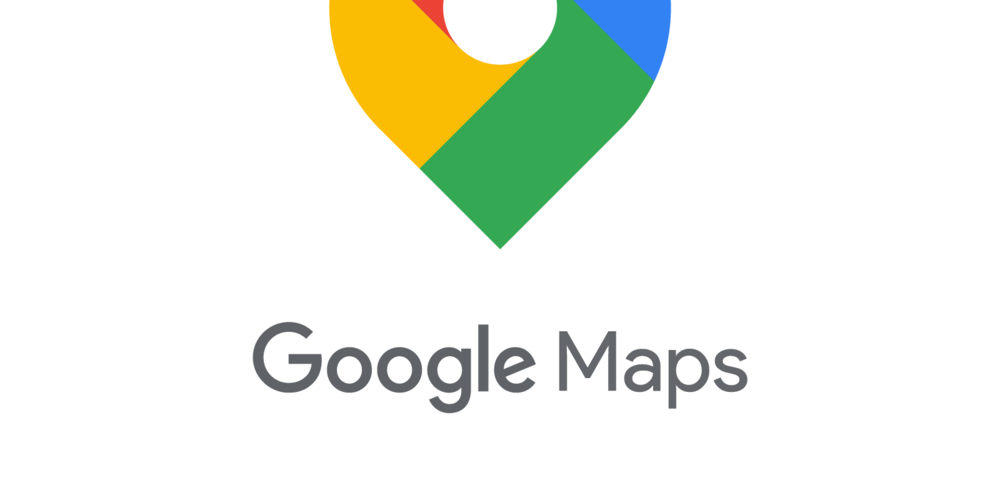Navigating the Future: Google Maps' Interface Overhaul Enhances User Experience
08 Feb 2024

Google Maps has long been the go-to digital navigator for millions worldwide. However, even the most relied-upon tools need polishing to stay ahead. A recent update to Google Maps for Android users is a testament to the app's commitment to enhancing navigational ease and user satisfaction. By reimagining the user interface (UI) during the search for directions, Google Maps transitions from a full-screen display to a more user-friendly bottom sliding sheet layout. This change, alongside upgrades to the Location interface, signals a significant shift towards a clutter-free and immersive user experience.
The redesign was first spotted by tech enthusiasts and showcases a thoughtful reorganization of search results for directions. Previously, users were greeted with a UI that stretched from edge to edge, filled with search fields and transportation options at the top, and estimated travel times and action buttons at the bottom. The new design opts for a centralized search field box with curved edges, nestled atop a still-visible map, with transportation options relegated to a bottom sheet. This layout not only declutters the interface but also ensures that the map remains an integral part of the search process, enhancing situational awareness.
Another notable enhancement is the transformation of how users interact with various transportation modes. Selecting a transport option no longer commandeers the entire screen. Instead, a bottom sheet extends upwards, revealing detailed options while keeping the map in view. This approach allows for seamless toggling between transport modes, offering a more dynamic and less interrupted planning experience. It reflects a thoughtful implementation of Material Design 3 guidelines, which advocate for the use of bottom sheets to foster an engaging and efficient user interface.
The Location and Places section of Google Maps has also received a facelift, adopting the bottom sheet design. When a user taps on a landmark or place of interest, a detailed information sheet slides up, partially overlaying the map without obscuring it completely. This design choice not only maintains a connection to the geographical context but also introduces a practical and less intrusive way to access vital information about destinations. Incorporating Share and Close buttons enhances user engagement, simplifying the process for sharing and concluding interactions with location information.
In addition to these UI improvements, Google Maps has begun rolling out a weather forecast overlay for Android users, a feature previously enjoyed by iOS users. This new layer adds real-time weather data and air quality indexes to the map view, further enriching the user experience by integrating essential environmental information directly into the navigation interface. Together, these updates underscore Google Maps' ongoing mission to refine and reimagine how we explore the world around us, making every journey smoother, more informed, and tailored to the needs of the modern traveler.







